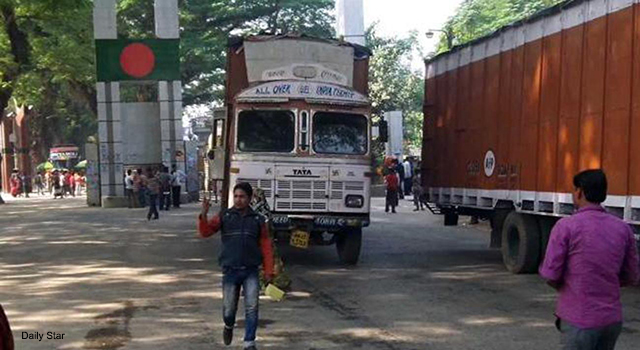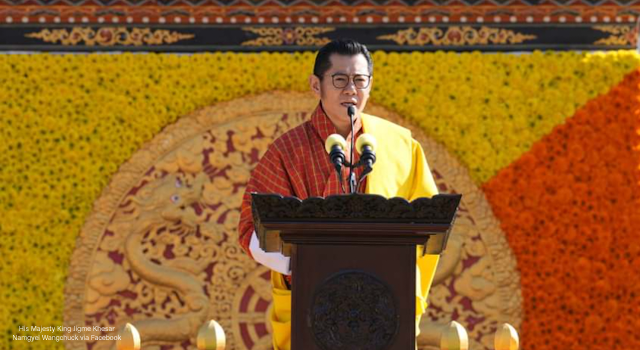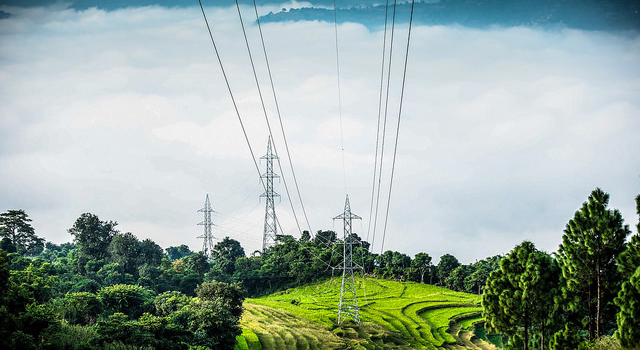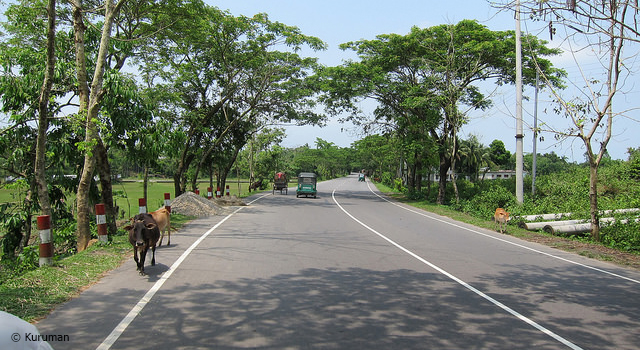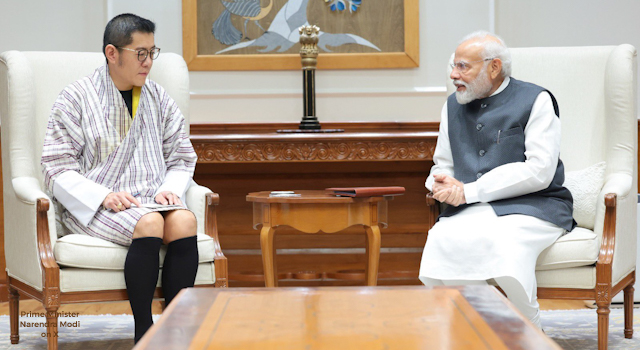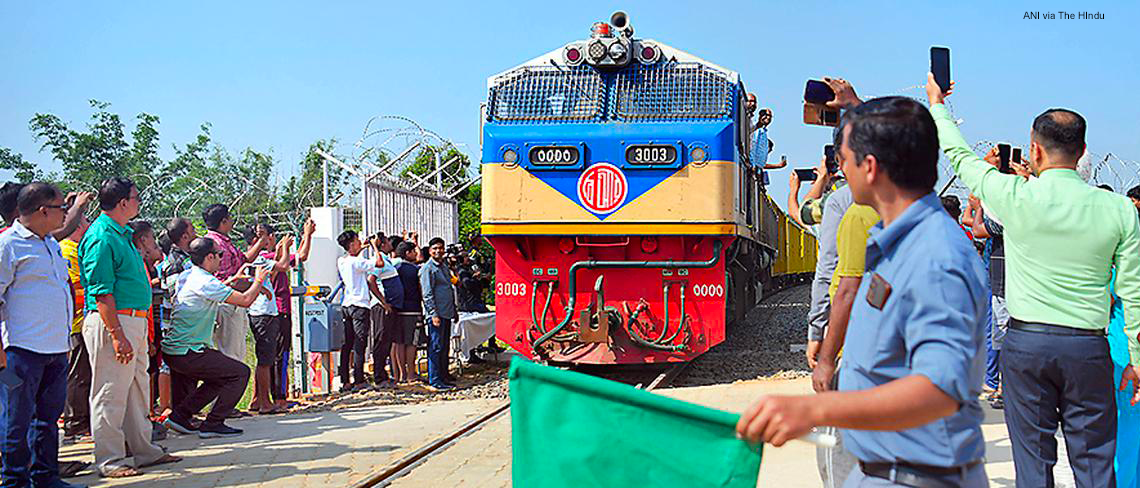
Joint Ministerial Statement of the SASEC Finance Ministers’ Meeting
3 April 2017
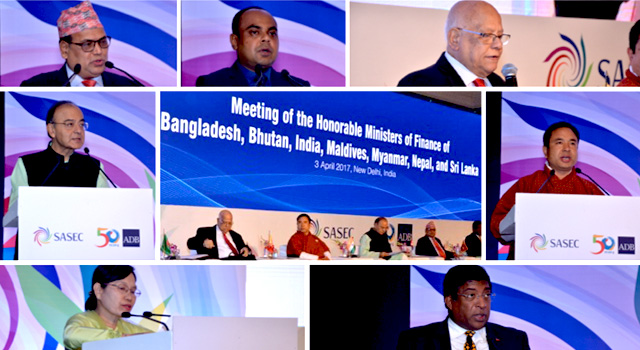
The SASEC Finance Ministers’ Meeting in New Delhi launched the SASEC Vision development road map. This joint statement issued by the finance ministers of Bangladesh, Bhutan, India, Maldives, Myanmar, Nepal, and Sri Lanka lays out how countries will be working to accelerate growth in the region, create jobs, and help the people of South Asia gain better access to social services.
Powering Asia in the 21st Century
Joint Ministerial Statement of the SASEC Finance Ministers’ Meeting
We, the Minister of Finance of the People’s Republic of Bangladesh; the Minister of Finance of the Kingdom of Bhutan; the Minister of Finance, Defence and Corporate Affairs of the Republic of India; the Deputy Prime Minister and Minister of Finance of the Federal Democratic Republic of Nepal; the Minister of Finance and Planning of the Democratic Socialist Republic of Sri Lanka; the Permanent Secretary of the Ministry of Finance and Treasury of the Republic of Maldives; and the Director General of the Ministry of Planning and Finance of the Republic of the Union of Myanmar, met in New Delhi, India, on 3 April 2017 to discuss the imperatives of a new way forward for subregional economic cooperation among our countries under the South Asia Subregional Economic Cooperation (SASEC) program.
We recall the shared purpose, which laid the foundation for SASEC in 2001 when four countries—Bangladesh, Bhutan, India and Nepal—agreed to a program of cooperation to accelerate economic growth in the subregion. Adhering to the same purpose, the Maldives and Sri Lanka joined SASEC in 2014, spurring economic cooperation further along strategic sea routes.
We welcome Myanmar, which recently joined the SASEC family. We recognize Myanmar’s important role in linking South Asia, and Southeast and East Asia—a vital imperative in boosting economic activity in Asia in this time of subdued global growth.
We take pride in the significant gains achieved under the SASEC program over the past 16 years, especially in transport, trade facilitation, and energy. Infrastructure connectivity has improved our countries’ access to key markets and gateway ports and improved prospects for participating in regional and global value chains. Trade processes and procedures are becoming more efficient. Electricity trade is making steady progress and helping to promote energy security. To further align and focus our interventions, we adopted the SASEC Operational Plan, 2016-2025, which defines the strategic objectives and operational priorities in transport, trade facilitation, and energy, as well as for economic corridor development.
Notwithstanding the gains we have made so far, we want SASEC to become better, stronger, and faster. South Asia is forecast to be one of the fastest growing subregions in the world. SASEC stands at the threshold of a demographic dividend that can be harnessed to create more employment opportunities, and enhance productivity. Progressive reforms are ongoing. More importantly, we all share the common aspiration for sustainable and inclusive growth, which will ultimately improve our people’s well-being.
We envision SASEC to be powering Asia in the 21st century. We will accelerate and sustain the growth momentum of recent years by unlocking the hitherto untapped potential of the subregion’s natural resources, industry and infrastructure through subregional cooperation. We will leverage natural resource-based industries by tapping into latent industrial demand within the subregion. We will promote subregional industry-to-industry links to develop regional value chains and enhance the subregion’s competitiveness. We will enhance the connectivity within countries and between countries to improve the productivity of economic activities, including trade and tourism. We will take advantage of our common heritage and cultural ties to improve people-to-people contact. We will develop gateways and hubs to expand the subregion’s trade and commerce to regional and global markets. We believe that these synergies can generate annually, an estimated $70 billion in incremental GDP and 20 million in incremental aggregate employment by 2025.
We are pleased that our SASEC vision and strategy has identified potential flagship initiatives, which could unleash new opportunities in various sectors across natural resources, industry, infrastructure and tourism. We instruct the SASEC Nodal Officials to undertake the necessary consultations on the potential synergies identified by the SASEC vision document with the view to formulating a road map for implementing the SASEC Vision.
We applaud recent efforts to contribute to the SASEC Vision. SASEC road connectivity projects in Bangladesh, Bhutan, India, and Nepal are under way to help strengthen transborder trade; and industrial, social, and cultural exchange among them. India and Nepal are also exploring to pilot an electronic cargo tracking system to improve transit facilitation between them. We are encouraged to know that several capacity-building activities are ongoing and planned to improve the capacity of customs officials in accordance with international standards and best practices using the expertise in the subregion and within the framework of South-South Cooperation. We hope that ongoing efforts to promote mutually beneficial exchanges of gas and petroleum between our countries would succeed to realize significant savings and help ensure energy security.
We will ensure that SASEC’s pursuit of becoming Asia’s economic powerhouse will also be a journey to achieving the Sustainable Development Goals. Our investments in infrastructure will reach not only to trade gateways, but also to the hinterlands to help improve people’s access to economic opportunities, increase productivity and variety of the goods and services, and provide them with better access to social services. Connectivity between our countries will help promote inclusive and environmentally sustainable economic growth by connecting remote and landlocked areas to economic centers and providing opportunities for low-income populations. Economic synergies leveraged by the countries in the subregion can potentially create additional employment opportunities and augment government revenue that can support more social expenditures.
We recognize and appreciate the important role that has been played by the Asian Development Bank (ADB) in supporting SASEC as secretariat, advisor, and lead financial supporter since 2001. We look forward to further strengthening this fruitful collaboration with ADB as our key development partner to implement the SASEC Vision. We will continue our active engagement with other regional cooperation programs, especially, the Bay of Bengal Initiative for Multi-Sectoral Technical and Economic Cooperation (BIMSTEC), the Association of Southeast Asian Nations (ASEAN), and the South Asian Association for Regional Cooperation (SAARC). This would complement our efforts and promote other beneficial linkages to hasten the process of South Asia’s wider integration with other subregions of Asia.
We greatly appreciate Government of India for the excellent arrangements made for this Meeting, and the gracious hospitality extended to all of us.
We believe that now is the time to reinvigorate and deepen SASEC as a key means to accelerate sustainable and inclusive growth, build economic resiliency, and promote shared prosperity. We reaffirm our strong commitment to regional cooperation and integration. Through mutual understanding, enduring goodwill, and unwavering commitment, we are confident that together, we can realize our vision of powering Asia in the 21st century.



